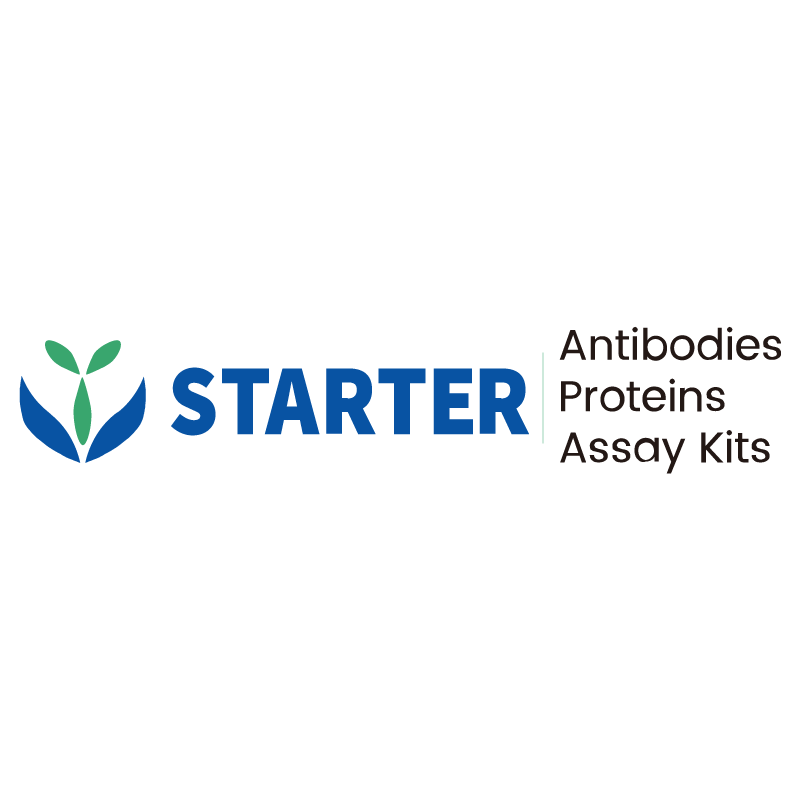Standard curve
Example of Human CCL5 standard curve in Assay Diluent #1.
Product Details
Product Details
Product Specification
| Antigen | CCL5 (RANTES) |
| Immunogen | Recombinant Protein |
| Antibody Type | Recombinant mAb |
| Purification | Protein A |
| Stability & Storage | 12 months from date of receipt / reconstitution, 2 to 8'C as supplied. |
Kit
| Precision | Intra-assay: 4.0%; Inter-assay: 4.8% |
| Sample type | Cell culture supernatant; Serum; Plasma |
| Assay type | Sandwich (quantitative) |
| Sensitivity | 1.017 pg/mL |
| Range | 4.69 pg/mL – 300 pg/mL |
| Recovery | Cell culture supernatant: 91% Serum: 90% Plasma: 82% |
| Assay time | 60 minutes |
| Species reactivity | Hu; Mk |
Background
Human CCL5 (CC Chemokine Ligand 5), previously known as RANTES (Regulated upon Activation, Normal T-cell Expressed and Secreted), is a pivotal member of the CC chemokine family characterized by its role in orchestrating immune cell migration and activation. This 8-kDa protein is secreted by a variety of cells, including T lymphocytes, platelets, macrophages, and endothelial cells, in response to inflammatory stimuli. CCL5 exerts its biological functions by binding to and signaling through multiple G-protein coupled receptors, primarily CCR1, CCR3, and CCR5. Its primary role involves the selective chemoattraction of leukocytes—such as T cells, eosinophils, basophils, and monocytes—to sites of inflammation or infection, thereby playing a critical role in both innate and adaptive immune responses. Furthermore, CCL5 is implicated in the pathogenesis of a spectrum of diseases, including autoimmune disorders, chronic inflammatory conditions, and HIV-1 infection, as it also acts as a natural ligand for CCR5, a major co-receptor for viral entry. Consequently, the CCL5-CCR5 axis represents a significant therapeutic target for immunomodulation.
Picture
Picture
ELISA
Linearity
The concentrations of Human CCL5 were measured and interpolated from the target standard curves and corrected for sample dilution.
The sample is undiluted samples are as follows: human PBMC cells stimulated with 10ug/ml PHA for 5 days (3.33%). The interpolated dilution factor corrected values are plotted. The mean target concentration was determined to be 7831.01 pg/mL in stimulated human PBMC supernatant.
Linearity
The concentrations of Human CCL5 were measured and interpolated from the target standard curves and corrected for sample dilution.
The sample is undiluted samples are as follows: human PBMC cells culture for 6 days (50%). The interpolated dilution factor corrected values are plotted. The mean target concentration was determined to be 531.5 pg/mL in unstimulated human PBMC supernatant.
Linearity
The concentrations of Human CCL5 were measured and interpolated from the target standard curves and corrected for sample dilution.
#1 sample is undiluted samples are as follows: human serum (1%). The interpolated dilution factor corrected values are plotted. The mean target concentration was determined to be 44.16 ng/mL in human serum. #2 sample is undiluted samples are as follows: human plasma (1%). The interpolated dilution factor corrected values are plotted. The mean target concentration was determined to be 39.98 ng/mL in human plasma.
Linearity
The concentrations of Human CCL5 were measured and interpolated from the target standard curves and corrected for sample dilution.
#1 sample is undiluted samples are as follows: male Monkey serum (1%). The interpolated dilution factor corrected values are plotted. The mean target concentration was determined to be 61.37 ng/mL in male monkey serum. #2 sample is undiluted samples are as follows: female monkey serum (0.5%). The interpolated dilution factor corrected values are plotted. The mean target concentration was determined to be 62.9 ng/mL in female monkey serum.
To assess the linearity of the assay, sample was spiked with high concentrations of Human CCL5 in various matrices and diluted with the appropriate Calibrator Diluent to produce samples with values within the dynamic range of the assay.
To assess the linearity of the assay, two samples were spiked with high concentrations of Human CCL5 in various matrices and diluted with the appropriate Calibrator Diluent to produce samples with values within the dynamic range of the assay.
Leading Competitor comparison
Protocol Diagram


